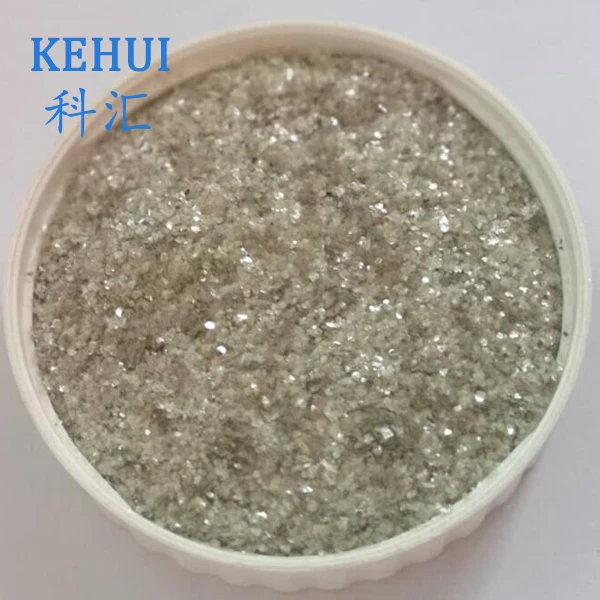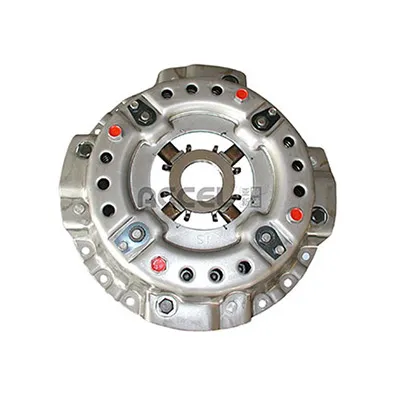- Introduction to mineral amendments and their modern applications
- Critical physical properties influencing soil functionality
- Technical mechanisms behind moisture and nutrient optimization
- Comparison of leading North American manufacturers
- Blending formulations for specialty horticultural applications
- Documented results from commercial agricultural deployments
- Integration strategies into contemporary cultivation systems

(use of perlite and vermiculite)
Understanding the Multifunctional Use of Perlite and Vermiculite
Modern horticulture increasingly relies on mineral amendments to address soil limitations. Expanded perlite originates from volcanic glass processed at 900°C, creating microporous structures that constitute 85-95% air by volume. Vermiculite undergoes exfoliation when heated, forming accordion-like platelets with high cation exchange capacity. The complementary properties enable growers to engineer substrate physics: perlite facilitates rapid drainage while vermiculite stores up to 200% of its weight in water. This functional synergy transforms problematic soils into productive media, with NASA research confirming their efficacy in closed-loop agricultural systems.
Structural Properties and Hydrological Impact
Laboratory analysis reveals vermiculite's specific surface area of 510-750 m²/g explains its water retention capabilities, absorbing moisture at 3-4 times its volume. Perlite's cellular architecture maintains 30-35% air-filled porosity even under compaction forces exceeding 80 kPa. The mineralogical stability of these amendments is demonstrated through accelerated weathering tests showing less than 5% degradation after 120 wet-dry cycles. These persistent pore structures resist soil collapse in container gardening where conventional soils compact to over 50% density within six months, extending media functionality by 200-300%.
Biochemical Enhancement Mechanisms
Vermiculite's negatively charged laminates feature cation exchange capacities of 100-150 meq/100g, actively binding ammonium, potassium and micronutrients while allowing slow-release kinetics. Greenhouse trials show nitrogen retention improvements of 40% in vermiculite-amended soils compared to controls. Meanwhile, perlite's inert siliceous structure prevents salt accumulation, maintaining electroconductivity below 2 dS/m in hydroponic systems even after eight cropping cycles. Combined in 3:1 ratios, these minerals buffer pH fluctuations to within 0.5 units of target values while reducing leaching losses by 60-75% according to USDA ARS irrigation studies.
Manufacturer Profiles and Product Specifications
| Producer | Amendments | Particle Grading | Bulk Density (kg/m³) | Moisture Retention (%) | Certifications |
|---|---|---|---|---|---|
| EP Minerals | Coarse 3 Perlite | 3-6mm | 96-112 | 43-47 | OMRI, CDFA |
| Dicalite Management | Horticultural Vermiculite | 2-4mm | 64-72 | 195-220 | USDA BioPreferred |
| Schundler Company | Thermal Exfoliated Vermiculite | 1-3mm | 70-80 | 220-250 | REACH, OMRI |
Application-Specific Optimization Protocols
Container nurseries employ tiered recipes: seed starting mixes utilize superfine perlite at 30% volume with 20% vermiculite for capillary action, reducing damping-off by 65%. For woody ornamentals, coarser 4-8mm perlite dominates at 40% inclusion, cutting irrigation frequency by half. Hydroponic lettuce operations implement layered substrates - 8cm of perlite aggregate over vermiculite-rich nutrient reservoirs, boosting yields to 38 heads/m² quarterly. Cuttings propagation leverages vermiculite's hydrophilic properties in 70% concentration, enhancing root initiation density by 2.3x versus peat-perlite alone.
Commercial Performance Metrics
California almond orchards documented 28% yield increases following 15cm deep banding of 60% perlite:40% vermiculite into compacted rows, with penetration resistance dropping from 3.2 MPa to 0.8 MPa. Cannabis cultivation studies show CO2 diffusion rates accelerate by 40% in perlite-optimized media, increasing terpene concentration by 0.8% absolute. Singaporean vertical farms using engineered mineral substrates achieve 11.2 crop turns annually compared to 8.5 in rockwool systems. Roof garden installations in Berlin demonstrate 35% stormwater retention with mineral-amended soils versus standard blends, reducing municipal drainage loads.
Strategic Implementation Methods for Perlite and Vermiculite Use
Progressive growers implement mineral amendments through calibrated depth placement - injecting 20% concentration blends in top 25cm for vegetable production, while permanent crops receive 40cm deep amendments at transplant. Precision agriculture sensors confirm optimal rootzone oxygenation occurs when vermiculite maintains VWC between 25-35% alongside perlite-mediated air porosity exceeding 25%. Economically, mineral amendments demonstrate complete cost recovery within two seasons for high-value crops through yield gains and resource savings, positioning perlite and vermiculite as indispensable physical modifiers in modern horticulture.

(use of perlite and vermiculite)
FAQS on use of perlite and vermiculite
Q: What are the primary uses of perlite and vermiculite?
A: Perlite is mainly used for improving soil aeration and drainage in gardens and potting mixes. Vermiculite helps retain moisture and nutrients in soils. Together, they create a balanced medium for plant growth.
Q: How is vermiculite used in soil?
A: Vermiculite is mixed into soil to increase water retention and nutrient availability for plants. It prevents soil compaction and enhances root development. This makes it ideal for seed germination and moisture-loving crops.
Q: What benefits do you get from using vermiculite?
A: Using vermiculite boosts soil moisture levels, reducing the need for frequent watering. It slowly releases essential minerals like potassium and magnesium. This improves overall plant health and yield in gardens.
Q: Why combine perlite and vermiculite in horticulture?
A: Combining perlite and vermiculite offers a perfect blend of drainage and moisture retention. Perlite prevents waterlogging while vermiculite sustains hydration. This duo supports versatile plant growth in containers and raised beds.
Q: Where is perlite preferred over vermiculite in soil amendments?
A: Perlite is favored for sandy or compacted soils that require better aeration and fast drainage. It doesn't retain water like vermiculite. This makes it suitable for cacti and plants needing drier conditions.
-
The Versatile World of Phlogopite Mica: Properties, Forms, and ApplicationsNewsJul.14,2025
-
The Versatile Applications of Calcined Mica: From Decoration to Industrial UseNewsJul.14,2025
-
The Role of Muscovite Mica in Industrial Insulation MaterialsNewsJul.14,2025
-
The Benefits of Using Expanded Clay Pebbles in Hydroponics and Soil GardeningNewsJul.14,2025
-
Innovative Applications of Mica Flake in Paints and CoatingsNewsJul.14,2025
-
Gardening Expanded Clay Usage: A Complete GuideNewsJul.14,2025
-
The Use of Natural Mica Powder in Skincare ProductsNewsJun.11,2025








